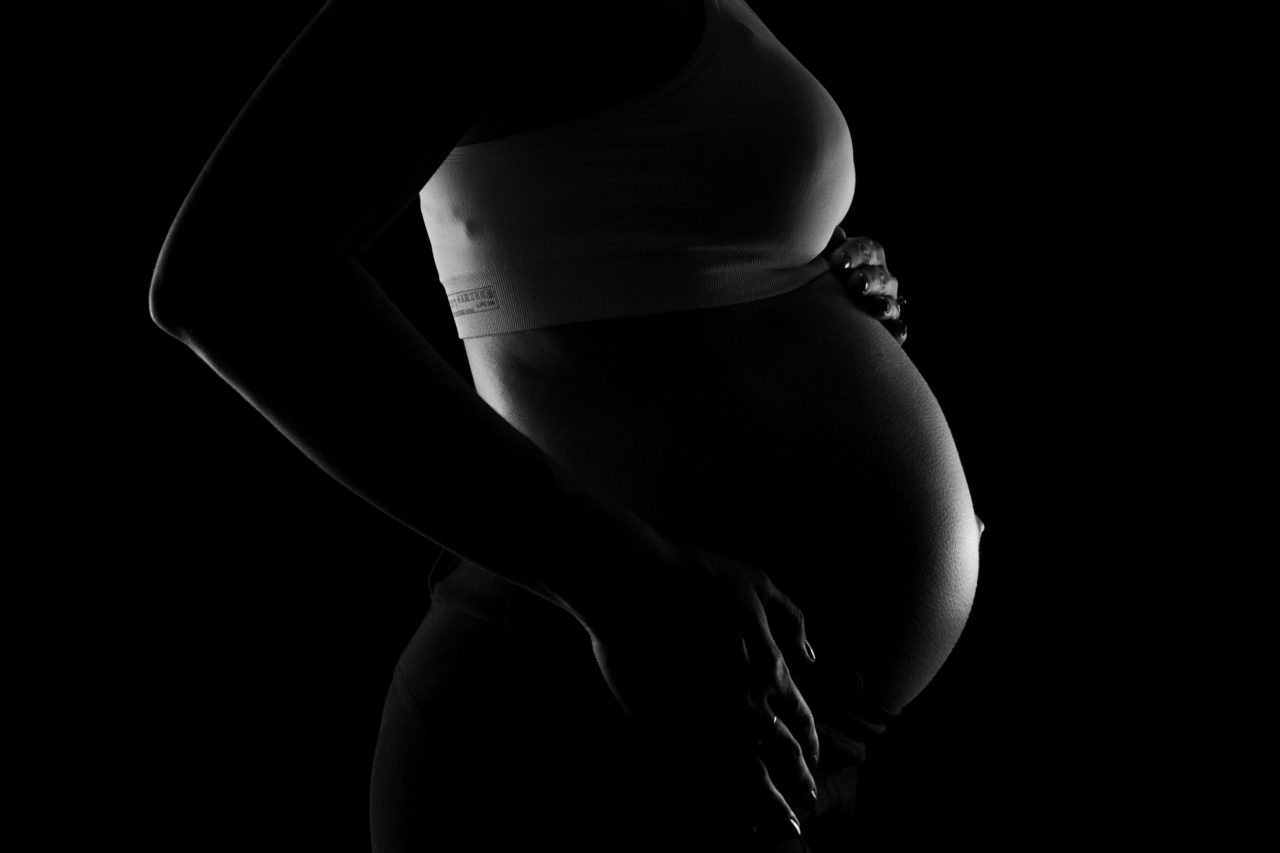Breast cancer is one of the most common types of cancer among women. It is estimated that 1 in 8 women in the United States will develop invasive breast cancer at some point in their lives.
While there are several risk factors associated with breast cancer, including genetics, age, and lifestyle habits, research has shown that pregnancy can play a significant role in reducing the risk of developing breast cancer.
What is Breast Cancer?
Before diving into the ways pregnancy can help reduce breast cancer risk, it’s important to understand what breast cancer is. Breast cancer is a malignant tumor that forms in the cells of the breast.
The tumor can develop in different areas of the breast, including the ducts that carry milk to the nipple and the lobules, which are the glands that produce milk.
When breast cancer cells spread to other parts of the body, it is referred to as metastatic breast cancer. While breast cancer can occur in men, it is much more common in women.
The Importance of Breast Cancer Screening
While pregnancy can lower the risk of developing breast cancer, it is still crucial for women to get regular breast cancer screenings. Early detection is key when it comes to successfully treating breast cancer.
The American Cancer Society recommends that women with an average risk of breast cancer should start getting mammograms yearly at age 45.
Women at a higher risk of developing breast cancer, due to factors such as genetics, should start getting mammograms earlier and more frequently. Women should also perform regular self-exams and report any unusual changes to their doctor as soon as possible.
How Pregnancy Lowers Breast Cancer Risk
Research has shown that pregnancy can actually help reduce a woman’s risk of developing breast cancer. There are several ways pregnancy can help lower breast cancer risk:.
1. Hormonal Changes
During pregnancy, a woman’s body experiences significant hormonal changes. These changes include an increase in estrogen and progesterone, which can actually help protect breast cells from becoming cancerous.
Additionally, during pregnancy, the breast tissue undergoes changes that make it less susceptible to cancer.
Specifically, the ducts that carry milk to the nipple proliferate during pregnancy, while the glandular tissue shrinks, reducing the number of lobules that could potentially become cancerous.
2. Breastfeeding
Breastfeeding is another way that pregnancy can help reduce breast cancer risk.
Studies have shown that women who breastfeed for an extended period of time have a lower risk of developing breast cancer compared to women who do not breastfeed or breastfeed for a shorter period of time.
Experts believe this is due to the fact that breastfeeding can actually help clear potentially cancerous cells from the breast. Additionally, breastfeeding further changes the breast tissue, making it more resistant to cancer development.
3. Earlier Pregnancy
The age at which a woman becomes pregnant can also impact breast cancer risk.
Women who have their first full-term pregnancy before the age of 30 have a lower risk of developing breast cancer compared to women who have their first full-term pregnancy after the age of 30.
Experts think this is due to the fact that breast cells are more susceptible to becoming cancerous in the years before a woman’s first pregnancy.
Additionally, women who become pregnant at a younger age tend to have more hormone changes during pregnancy, which can help protect breast cells from becoming cancerous.
4. Pregnancy Spacing
The spacing of pregnancies can also help reduce breast cancer risk. Women who have shorter intervals between pregnancies have been shown to have a lower risk of developing breast cancer compared with women who wait longer between pregnancies.
Researchers believe this is because women who have shorter pregnancy intervals experience more periods of hormonal changes, which can help protect against breast cancer.
5. Lower Ovulatory Years
Finally, pregnancy can help reduce breast cancer risk simply by lowering the number of years a woman ovulates.
Women who have more ovulatory years, due to factors such as starting menstruation at an early age or going through menopause later in life, have a higher risk of developing breast cancer.
Because pregnancy interrupts ovulation, it can help reduce the overall number of ovulatory years a woman experiences, thus lowering her risk of developing breast cancer.
Conclusion
Overall, pregnancy can play a significant role in reducing a woman’s risk of developing breast cancer.
Through hormonal changes, breastfeeding, earlier pregnancy, pregnancy spacing, and lower ovulatory years, pregnancy offers several potential ways to reduce breast cancer risk.
However, it’s important to remember that breast cancer can still occur. Regular breast cancer screenings, including mammograms and self-exams, are crucial for early detection and successful treatment.


























